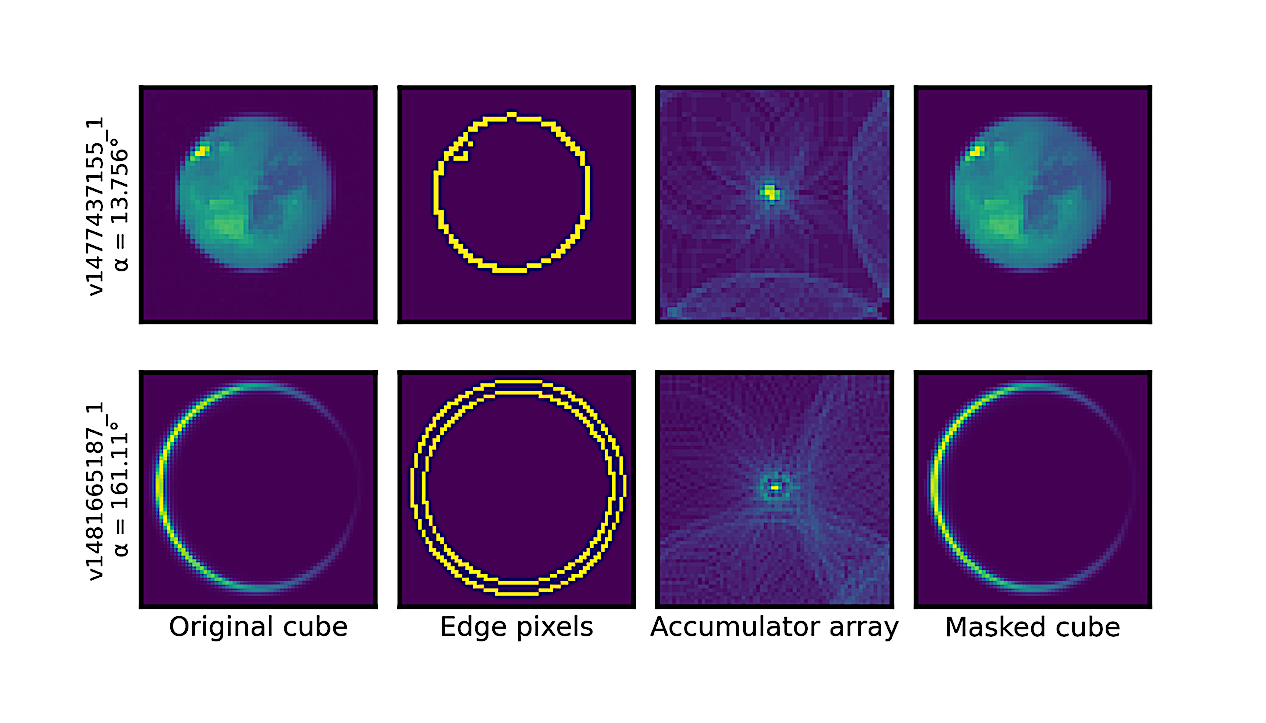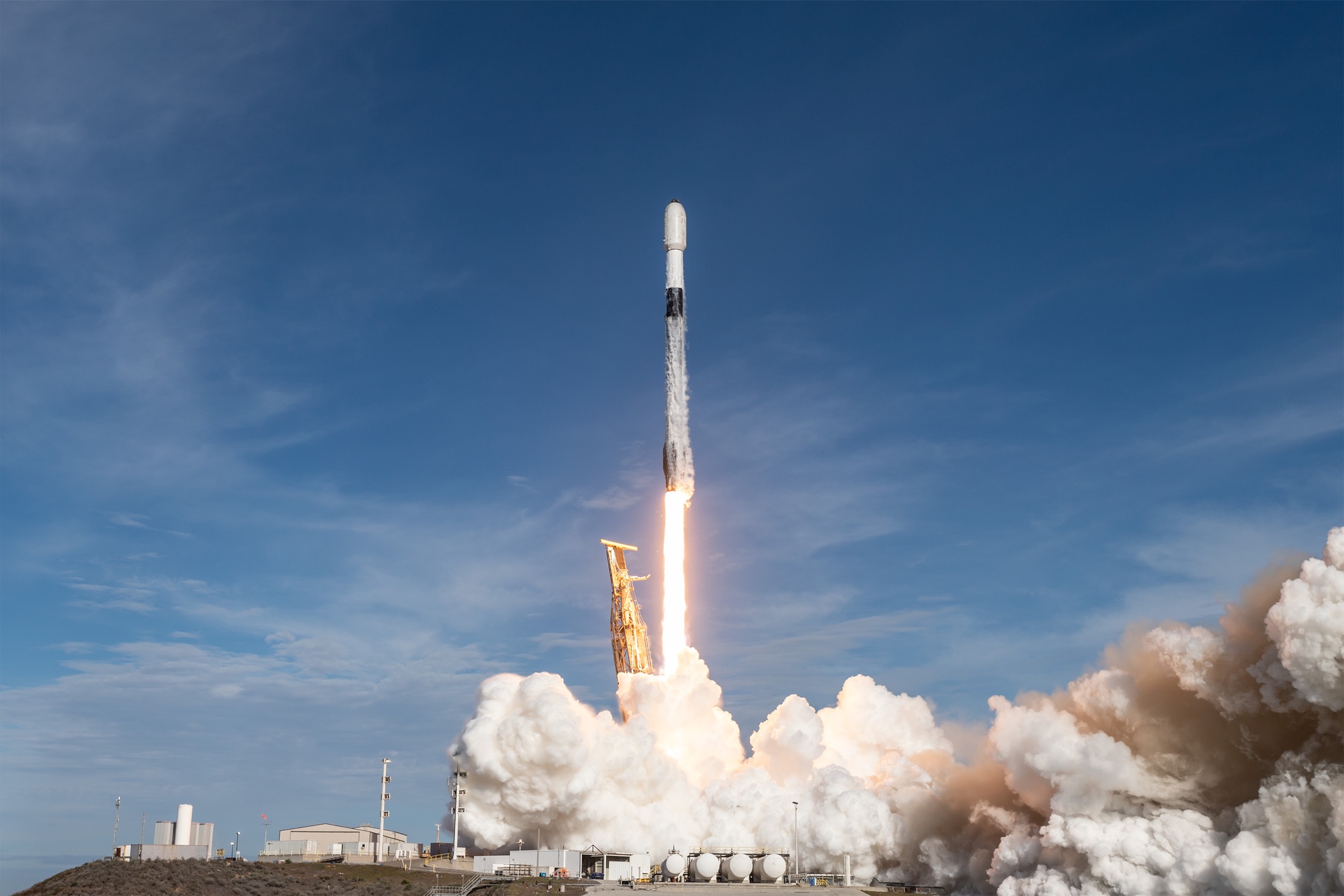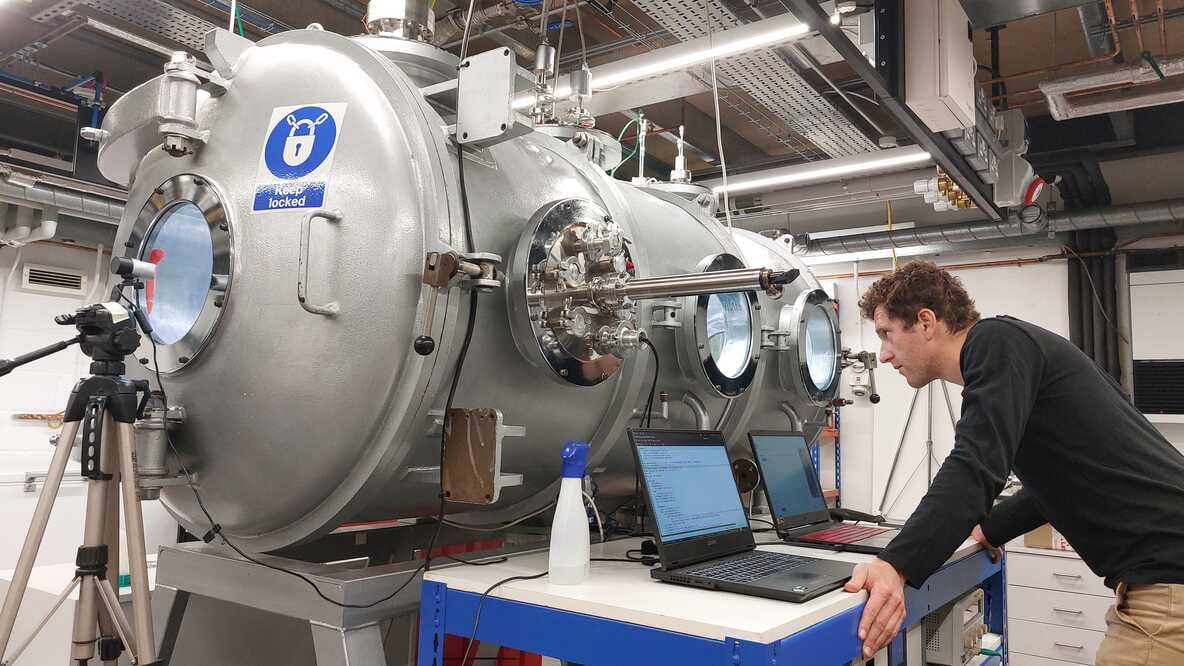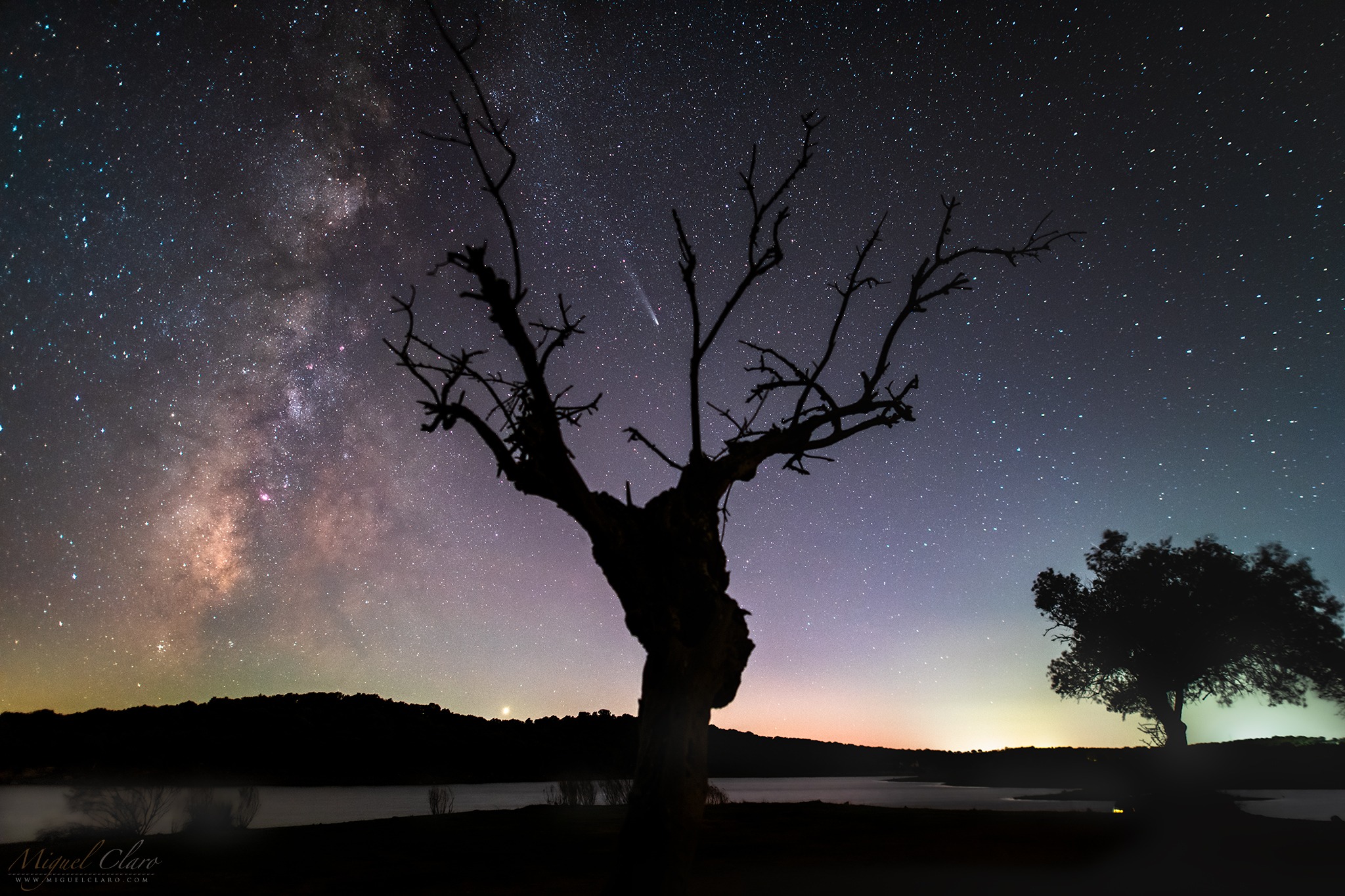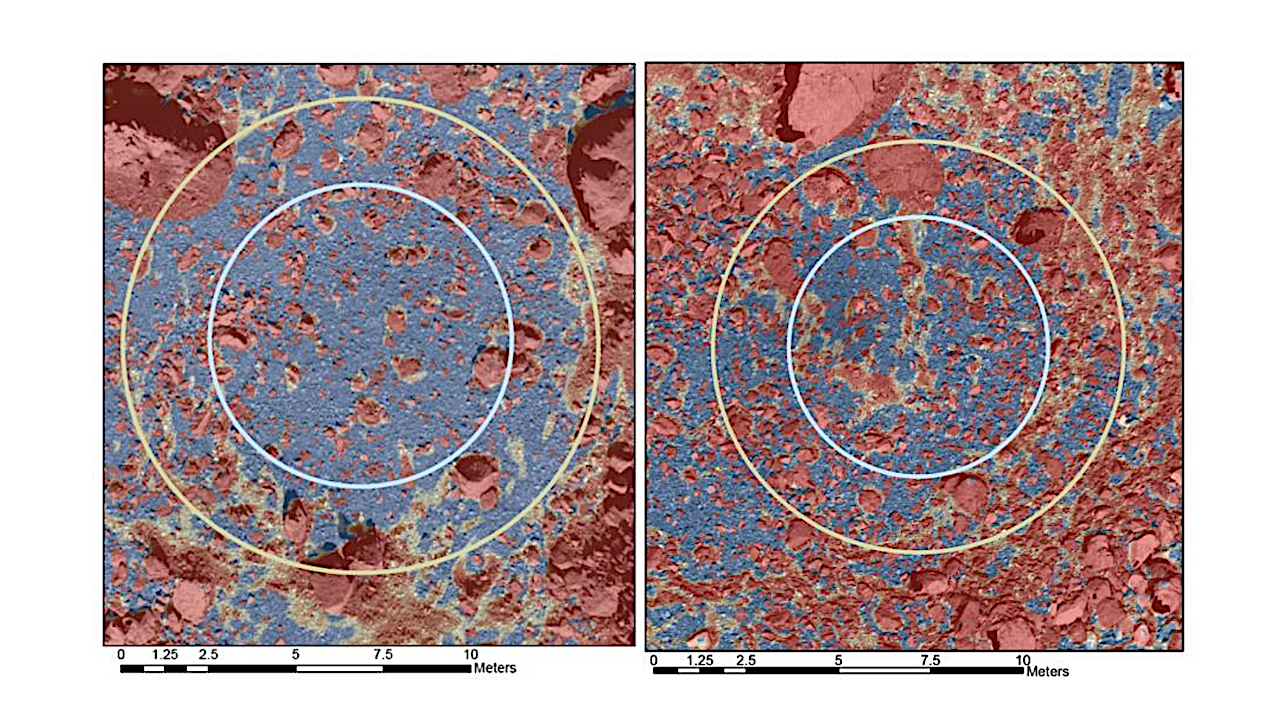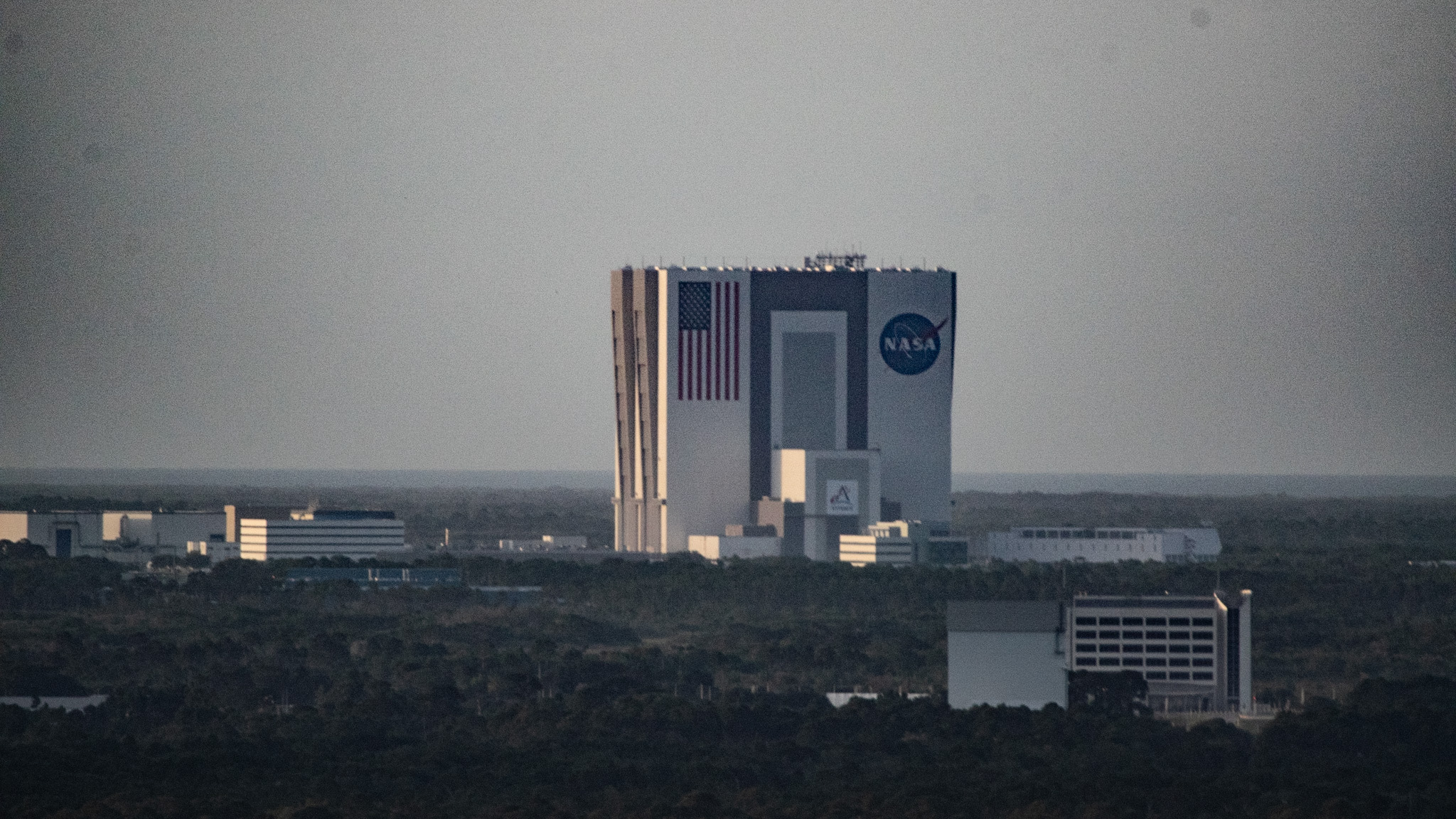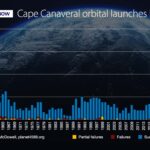Major steps in the disk detection process on two cubes: (far left) an unaltered cube; (center left) edge pixels identified using Canny edge detection – some pixels along terrain boundaries
Hot Posts414- Page
Radial velocity timeseries from MAROON-X with the median Rossiter-McLaughlin and 1σ confidence shown as the black line and blue shaded region. Black points are the binned radial velocities. The inset
As Vice President of the Western Region for the Space Force Association (SFA), I’m calling for urgent investment in policies and partnerships that will enable Vandenberg Space Force Base (VSFB)
WASHINGTON — An Indian rocket placed into orbit a billion-dollar Earth science mission jointly developed by NASA and the Indian space agency ISRO. To continue reading this article: Register now
Many objects in the outer Solar System contain large amounts of water ice, leading to a thick icy shell surrounding an ocean of liquid water. This water behaves like lava
Looking up at the night sky, it may seem our cosmic neighborhood is packed full of planets, stars and galaxies. But scientists have long suggested there may be far fewer
(Image credit: Miguel Claro) Miguel Claro is a professional photographer, author and science communicator based in Lisbon, Portugal, who creates spectacular images of the night sky. As a European Southern
Estimated sampleability efficiency for Nightingale (left) and Osprey (right) . Blue indicates high efficiency while red indicates low efficiency. The tan circle denotes the area that contained 98.3% of Monte
As climate extremes intensify and global tipping points loom, Earth science has never been more vital — but not everyone is treating it that way. In the United States, NASA’s
An explosion in the numbers of cyanobacteria transformed the Baltic Sea into a swirling canvas of green in summer 2025. Landsat 9 — OLI-2 larger image — NASA Editor’s note:
-
 012024 in Review: Highlights from NASA in Silicon Valley
012024 in Review: Highlights from NASA in Silicon Valley -
 02Panasonic Leica Summilux DG 15mm f/1.7 ASPH review
02Panasonic Leica Summilux DG 15mm f/1.7 ASPH review -
 03How New NASA, India Earth Satellite NISAR Will See Earth
03How New NASA, India Earth Satellite NISAR Will See Earth -
 04And Thus Begins A New Year For Life On Earth
04And Thus Begins A New Year For Life On Earth -
 05Astronomy Activation Ambassadors: A New Era
05Astronomy Activation Ambassadors: A New Era -
06SpaceX launch surge helps set new global launch record in 2024
-
 07Space Force plans new ‘Futures Command’ amid pressure to speed up modernization
07Space Force plans new ‘Futures Command’ amid pressure to speed up modernization


